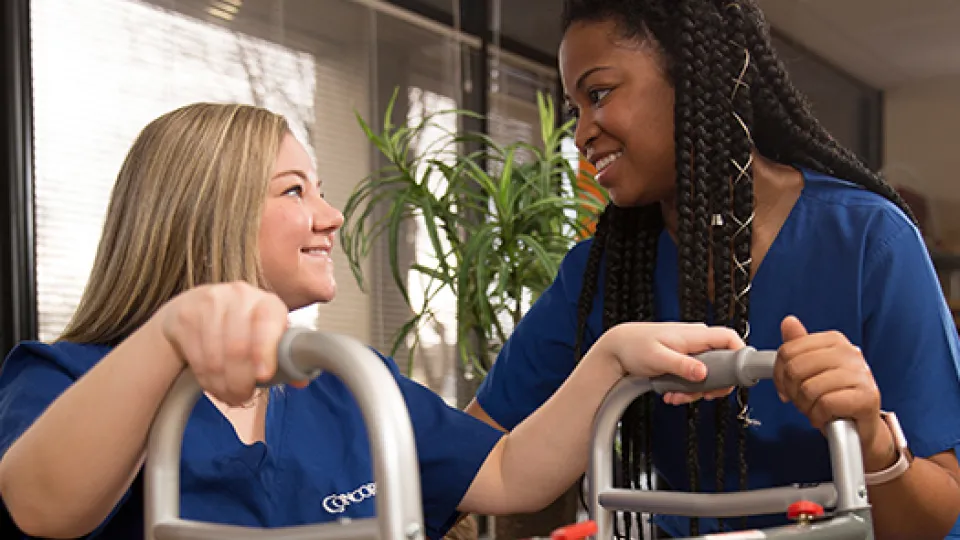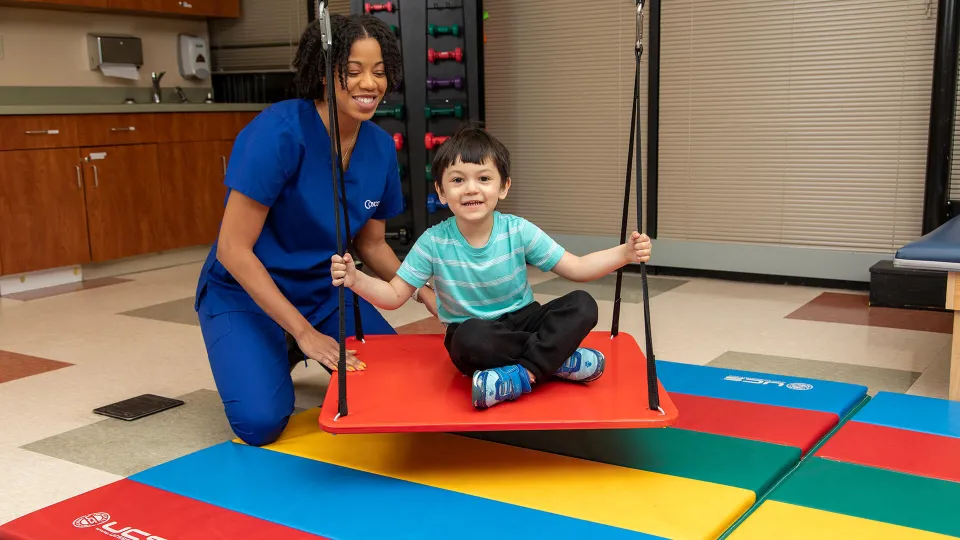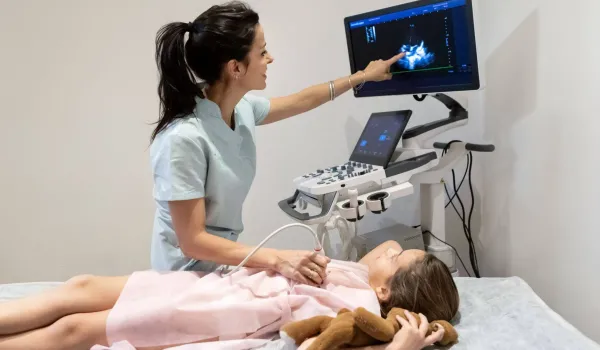Concorde Staff
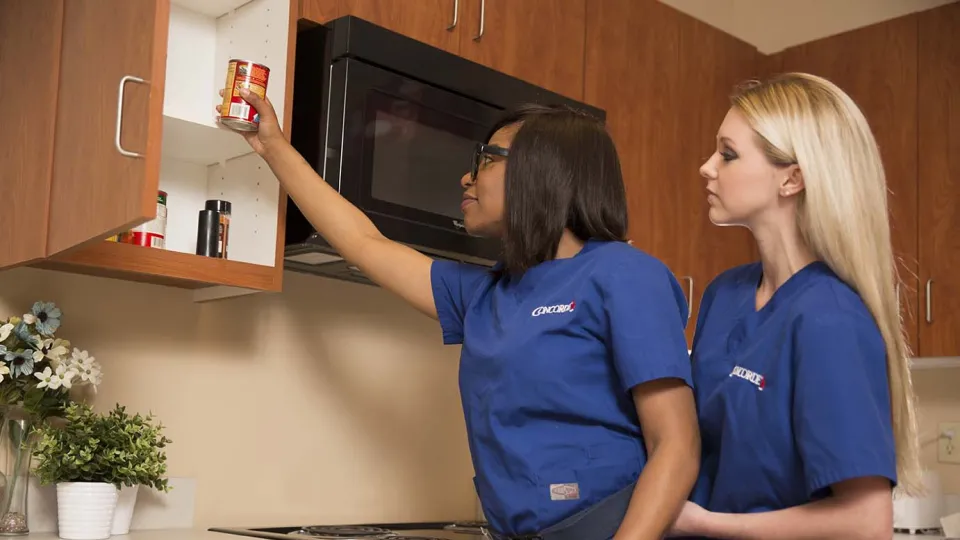
The job of a pediatric occupational therapist - and, by extension, an Occupational Therapy Assistant- is to help children do the work of childhood better. When it comes to children who fall on the autism spectrum, doing the "work of childhood" can become more challenging.
We know many of Concorde's Occupational Therapy Assistant students will experience working with autistic children during their careers. So, we thought we'd delve a little more into the subject and learn more about how exactly the work of OTs and OTAs can help children on the autism spectrum live more healthy and normal lives.
The Childrens Hospital of Philadelphias Center for Autism Research recently published an article that looked more closely at how exactly OTs and Occupational Therapy Assistants work with patients with Autism Spectrum Disorder (ASD). Here is what it had to say.
Occupational therapy for children with ASD
According to the article, there are three major occupational therapy areas of intervention:
- Play: building, coloring, games, puzzles, exploring, social interaction
- Self-care: dressing, bathing, self-feeding, grooming, toileting, family routines
- Learning/school: handwriting, drawing, cutting, typing, organization, attention/self-regulation
Interventions by occupational therapists and Occupational Therapy Assistants are child-centered and designed to help the child build on areas of strength and improve in areas of weakness. Some common intervention areas include:
- Fine motor skills (development of small muscles needed for fingers to pick up small items, such as Cheerios)
- Visual motor integration (hand-eye coordination, such as picking up food and getting it to the mouth)
- Gross motor coordination/postural stability (walking, standing, running)
- Cognition and perception (thinking and problem solving)
- Sensory processing
- Environmental modifications/adaptive equipment/technology (modifying the environment so a child can do the work)
How an Occupational Therapy Assistant can implement treatment
A licensed or Certified Occupational Therapy Assistant, supervised by an OT, may implement these treatments for an autistic child. Many OTs - and OTAs - have specialized degrees or licenses regulated by the states in which they work.
Occupational therapy services can be provided at home, in the community, at school, or in an outpatient clinic setting. Services also can be accessed if the patient is inpatient in a hospital. However, during early intervention (birth to three years) most children receive therapy at home or wherever they are during the day.
Treatment typically includes a mixture of table-top and floor-based play activities, as well as self-help activities. For many children diagnosed with ASD, treatment might have a sensory component. Treatment can look very different from one child to another depending on the individual's needs and the location of the therapy.
Children receiving occupational therapy in school receives treatment focused on helping the child participate in the education program and school-based activities. In an outpatient setting, treatment will be focused on helping the child function at home and in the community.
For Concorde's Occupational Therapy Assistant students
Students who attend Occupational Therapy Assistant schools such as Concorde, who have the opportunities to work with children with ASD, will most likely find the work highly rewarding as they help young people have a better chance at integrating into mainstream society and live happy and normal lives.
Interested In How To Become an Occupational Therapy Assistant?
Click here to explore Occupational Therapy Assistant Programs near you!
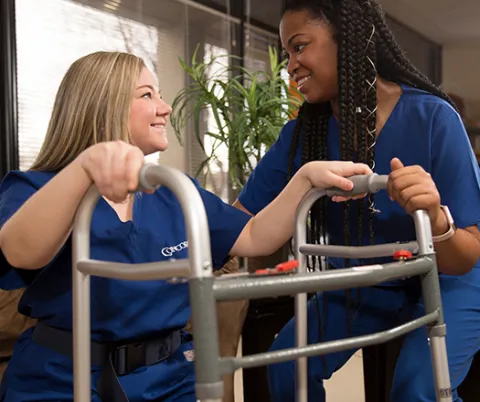
Take The Next Step Towards a Brighter Future
Interested in learning more about our Occupational Therapy Assistant program? We have a Concorde representative ready to talk about what matters most to you. Get answers about start dates, curriculum, financial aid, scholarships and more!

